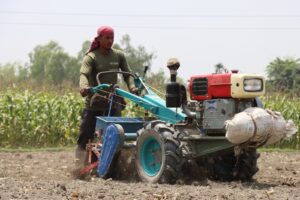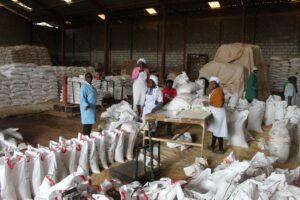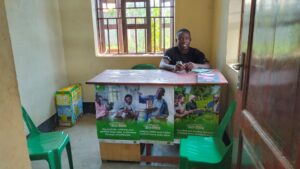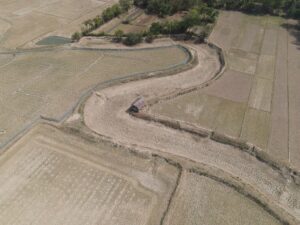Can Africa be the next global rice production frontier?
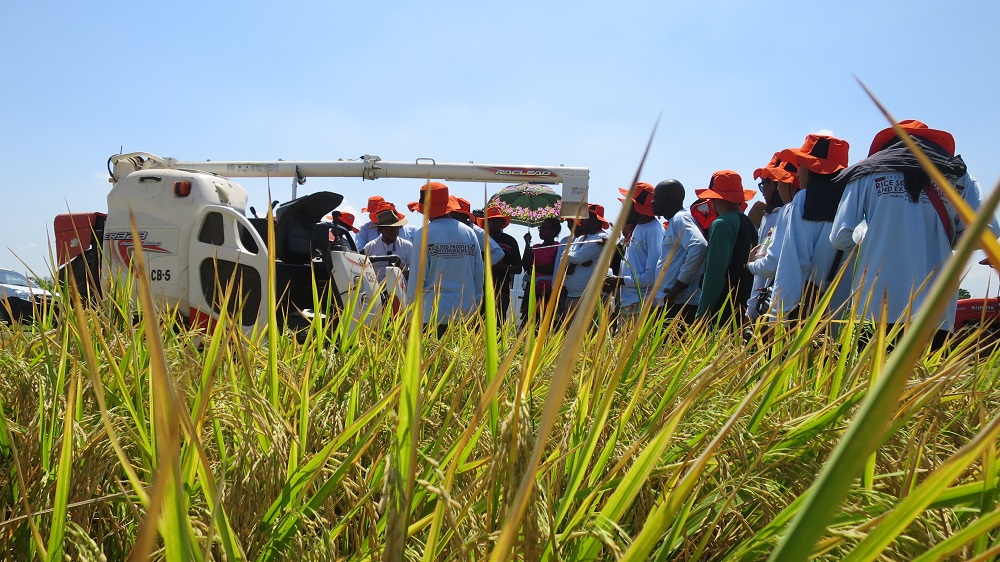
In the next decades, another 40 million tons of rice will be needed to feed an ever-growing population. But, where will this growth in production come from when land, water, and other resources are becoming increasingly limited in many rice-producing countries? Experts are therefore pondering whether Africa can be the next frontier when it comes to global rice production.
All too often, Africa’s landscape conjures images of arid and unforgiving parched lands, where only the toughest flora and fauna are able to survive. Despite this challenging situation, many African countries, through extensive training that builds the capacity of its rice value chain, are spreading the new roots of a Rice Revolution.
CARD of fortune
In 2008, the Japan International Cooperation Agency (JICA) launched the Coalition for African Rice Development (CARD) as a comprehensive initiative to support the efforts of African member countries to double their rice production in the next 10 years.
“One of the first initiatives of CARD was to start within each of the member countries a process of building a strategy for rice development,” shared Jason Beebout, project manager for the partnership between JICA and the International Rice Research Institute (IRRI) to build the capacity of CARD countries in producing, maintaining, and promoting the use of good-quality rice seed. “This is developed by a task force within the country.
“It’s a concrete commodity-based rice strategy in which all the sectors of the rice value chain starting from seed and fertilizer and going all the way into the production process, postproduction processing, access and marketing, finance, and policy were looked at and elaborated into a rice development strategy,” he said.
Out of a total of 23 CARD member countries, 22 have developed and validated their national rice development strategies.
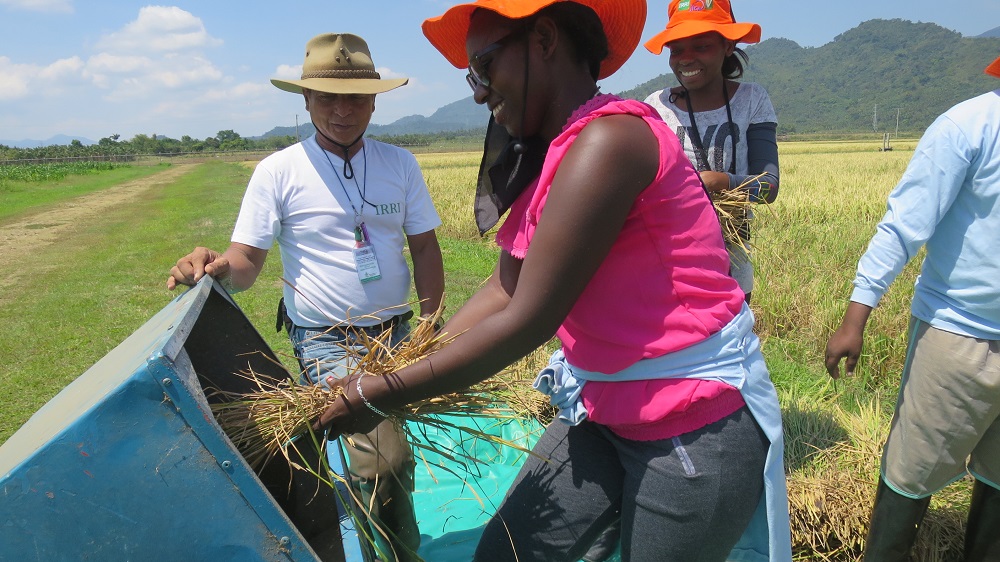
Seeds of change
Having limited access to and supply of good-quality seeds were identified as significant factors limiting increasing rice production. So, a pilot initiative to develop a roadmap for rice seeds was launched in about 10 countries. The roadmap dovetailed into improving both the quality and quantity of rice seeds, in addition to developing the channels to give good-quality seeds to farmers.
“Capacity building of relevant stakeholders was a crucial aspect of the initiative,” Mr. Beebout said. “In response, a proposal initiated by Dr. Noel Magor, the previous head of IRRI’s Training Unit (now IRRI Education), was presented during the Sixth General Meeting of CARD in 2015. The contract between IRRI and JICA was signed in March 2016.”
One key component of this capacity-building program is an eight-week training course on rice seed production and extension hosted and implemented by the Philippine Rice Research Institute (PhilRice) in Nueva Ecija.
Flow of insight
“A lot of information and knowledge have been imparted to us,” shared Brenda Kisingiri, an inspector in the Department of Crop Inspection at Uganda’s Ministry of Agriculture. She is one of 19 Africans nominated by focal persons in CARD member countries to train at IRRI and PhilRice this year.
“We’ve had gaps in rice production and we’re realizing our targets as a country,” Ms. Kisingiri said. “One of the major gaps was the availability of good-quality seeds for the farmers when they needed them. This course was pertinent, particularly in our ministry, as we are supposed to make sure that seeds are available.”
She added that her department manages the certification process for good-quality seeds and provides training for seed companies and farmers. “It’s a complete package that I’m taking back to my colleagues,” Ms. Kisingiri said. “We’ll try to take it to the seed companies, farmers, and traders. This has been one of the best courses I have attended and I hope it continues into the future.”
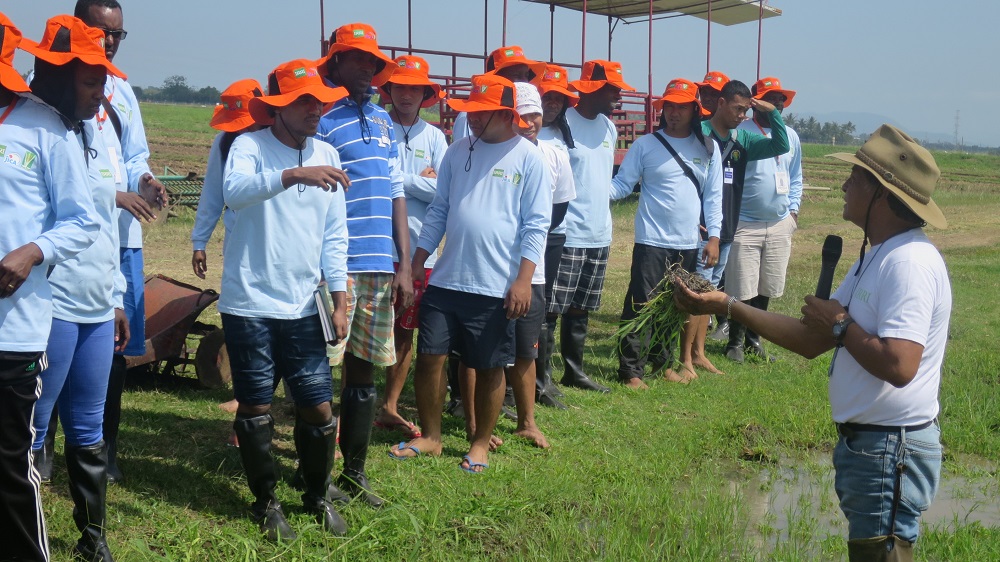
Field of dreams
“This training was important to me as an extensionist,” observed Michael Shitabule. Mr. Shitabule comes from one of the 47 counties in Kenya. “I want to start with my own county. I want to see if yields will improve because of other issues that are also pertinent to rice production. Even if we have a lot of good-quality seeds, if other problems are not addressed, you won’t get good yields.
“A lot of factors can contribute to yields, so I want to look at what I already have as an extensionist,” he said. “I do not want to go into breeding. I just want to look at the extension package. How can I improve on what is available? From there, I know what I will do. I want the simplest way I can explain to a farmer.”
He looks at PhilRice’s Palaycheck System for the Philippine Irrigated Lowland Rice as a potential model for his extension work. The system packages eight best key technologies and management practices as Key Checks:
- High-quality seeds of a recommended variety
- Field leveling
- Synchronous planting after a fallow period
- Healthy seedlings
- Sufficient nutrients at tillering to early panicle initiation and flowering
- Water management to avoid excessive water or drought stress that could affect the growth and yield of the crop
- Pest management to reduce yield losses
- Harvesting and threshing the crop at the right time
It also compares farmers’ practices with the best practices and learns through farmers´ discussion groups to sustain improvements in productivity, profitability, and environmental safety.
“I worry that, in the first season, the farmer is not going to understand what I’ve been explaining to him,” Mr. Shitabule said. “But, in time, maybe he will understand. We will do it step by step until we reach key check 8 and we harvest at the right time.”

Grains of promise
“We have been shown the picture of rice production trends in the world,” said Ms. Kisingiri. She was impressed that a major crop had an institution supporting its production as well as the commitment of the Philippine government.
“Research is producing the technologies for both seeds and equipment,” she observed. “But, they make sure they pass on this information, for example, to PhilRice. Then PhilRice makes sure that it goes through the various channels, such as farmer field schools, digital applications, and others, through which farmers can access the information.”
Her new knowledge has fired up Ms. Kisingiri’s determination: “We have realized that African countries should now rise to the challenge because we are probably the ones to fill the gap in the rice supply that the world needs to overcome. We are going to go back and look at each of our national rice seed strategies and see what is keeping us from moving forward and where we can contribute.”
____________________________
Ms. Ferrer is a science communication specialist at IRRI.

